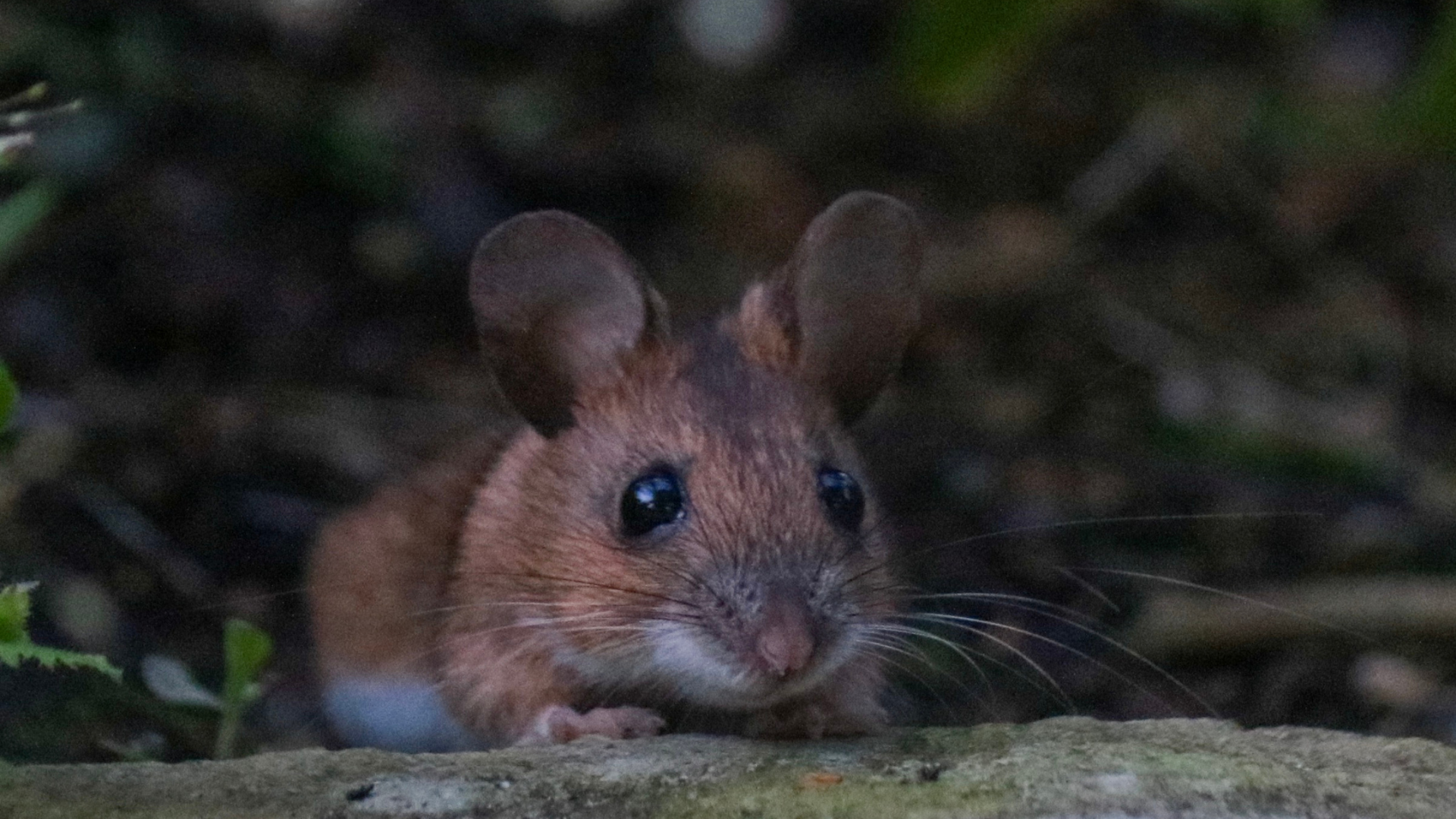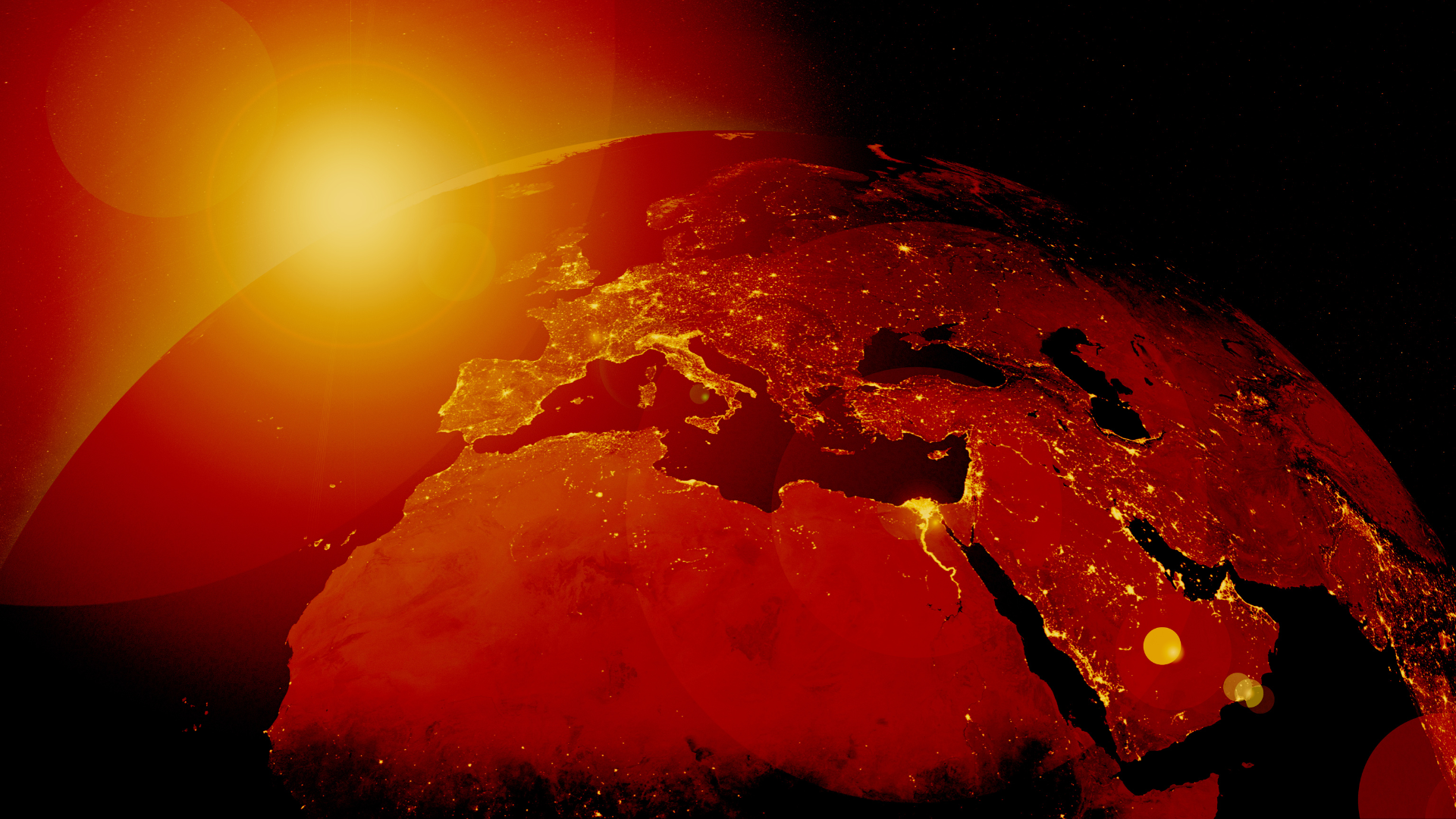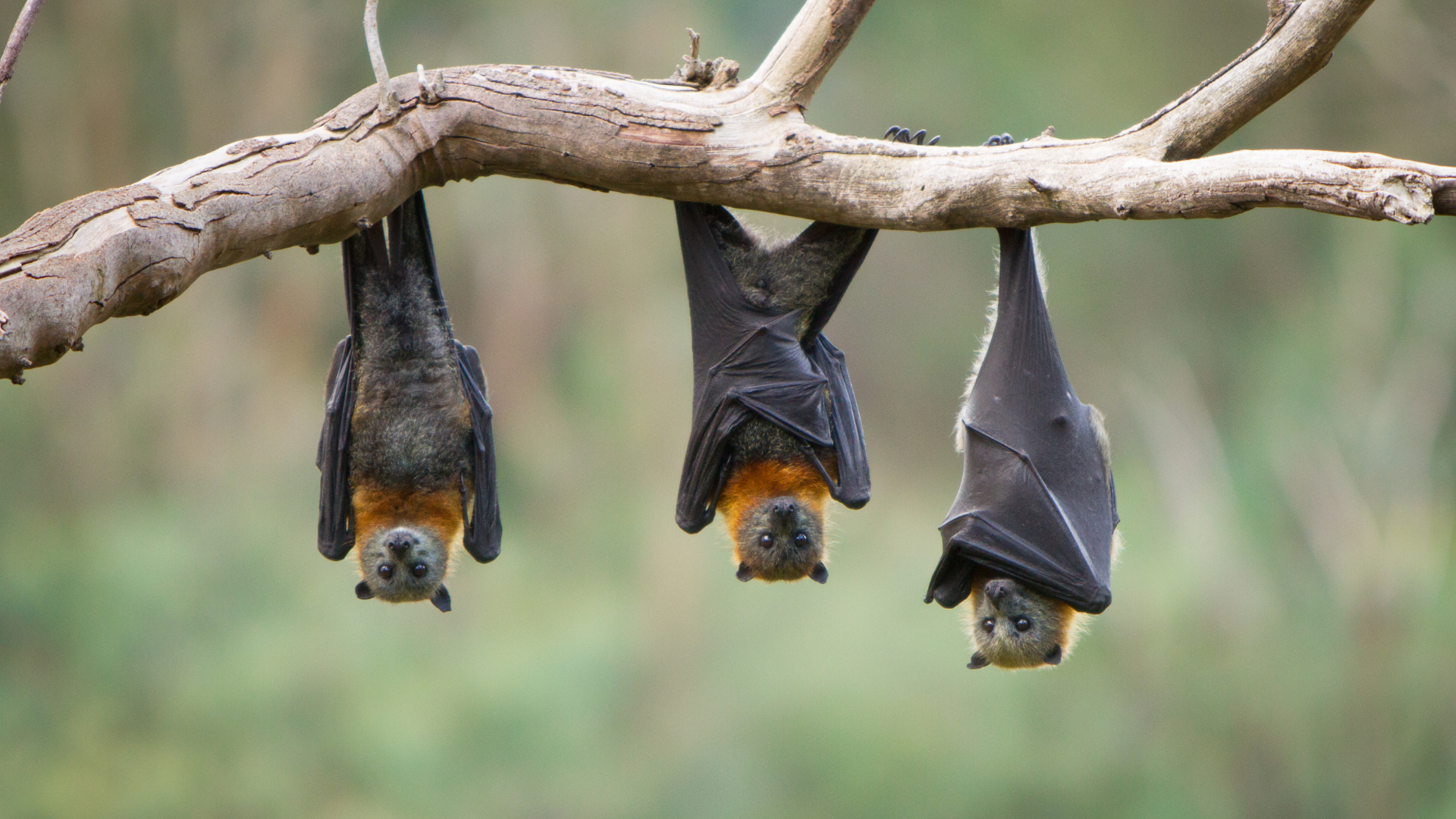How Are Diamonds Made: The Process Behind Nature’s Treasures
Diamonds are perhaps the most coveted gemstones in the world, known for their brilliance and durability. Diamonds form under extreme pressure and temperature deep within the Earth’s mantle, where carbon atoms bond in a crystal structure. This natural process can take millions of years, resulting in the stunning diamonds found in nature.
In recent years, the advent of technology has enabled the creation of synthetic diamonds, which are produced in laboratories using methods such as High-Pressure High Temperature (HPHT) and Chemical Vapor Deposition (CVD). These synthetic diamonds share the same physical and chemical properties as natural diamonds, making them an appealing alternative for various applications, from jewelry to industrial uses.
Understanding the processes behind diamond formation reveals the fascinating journey these gems undertake, whether created by nature or through human innovation. Each path showcases the remarkable complexity and allure of diamonds, captivating the interests of enthusiasts and jewelers alike.
Natural Diamond Formation
Diamonds are formed under specific conditions in the Earth’s mantle. This section explores the processes and environments that contribute to the creation of natural diamonds, from the initial formation of carbon to the eruption of volcanic pipes that bring diamonds closer to the Earth’s surface.
The Earth’s Mantle and Diamond Stability Zones
Diamonds primarily form in the upper mantle, approximately 150 to 200 kilometers deep beneath the Earth’s surface. This region provides the necessary conditions of high pressure and temperature that facilitate diamond formation.
Within the mantle, diamond stability zones exist, where carbon atoms can bond in a crystal structure, creating diamonds rather than graphite. The required pressure ranges from 45 to 60 kilobars, while temperatures reach between 900 to 1,300 degrees Celsius. Geologists study these zones to understand where and how diamonds can form.
From Carbon to Crystal
Diamonds start as carbon, which can come from various sources, including subducted oceanic plates or primordial carbon trapped in the mantle. Under the extreme conditions of heat and pressure, carbon atoms are rearranged into a tetrahedral structure that characterizes a diamond.
This transformation is critical, as the crystal structure of diamonds differs significantly from that of graphite, which is another form of carbon. The differences in atomic arrangement result in distinct physical properties, making diamonds valuable gemstones renowned for their hardness and brilliance.
Kimberlite Pipes and Volcanic Activity
Kimberlite pipes are conduits formed by volcanic eruptions that transport diamonds from the mantle to the Earth’s surface. These eruptions create a pathway for diamonds to reach the upper crust, allowing for their eventual discovery.
Kimberlite is rich in mineral deposits, including olivine and pyroxene, often containing diamonds. Volcanic activity results in the rapid ascent of these materials, leading to the solidification of the kimberlite rock. Other formations, like lamproite pipes, also play a role in transporting diamonds but are less common.
Diamond Mining and Global Deposits
Diamonds are mined globally, with significant deposits found in Africa, Russia, and Canada. South Africa and Russia are particularly well-known for their rich diamond resources, linked to historical discoveries in places like Kimberley.
Alluvial deposits, formed from eroded kimberlite, can also yield diamonds, often found in riverbeds and floodplains. Mining methods vary, from open-pit mining to underground extraction, depending on the location and type of deposit. The combination of geological conditions and mining technology determines the accessibility of these valuable gemstones.
Synthetic Diamond Creation
Synthetic diamonds, also known as lab-grown diamonds available at https://sayaidu.com/ and similar platforms, are produced through advanced technological processes that replicate the natural conditions under which diamonds form deep within the Earth. These are created using two main methods: the High Pressure High Temperature (HPHT) method and the Chemical Vapor Deposition (CVD) technique. Lab-grown diamonds are increasingly popular for both industrial applications, such as cutting tools and electronics, and gem-quality diamonds used in jewelry. These diamonds offer an ethical and sustainable alternative to mined diamonds.
High-Pressure High Temperature (HPHT) Method
The HPHT method simulates the conditions under which natural diamonds form in the Earth’s mantle. This process involves applying extreme pressure (up to 5 GPa) and high temperatures (around 1,500 C) to a carbon source, typically graphite.
A metallic catalyst is commonly used to facilitate the diamond crystallization process. This results in the formation of synthetic diamonds that can effectively mimic the properties of natural stones.
HPHT techniques can produce both industrial diamonds for cutting tools and gem-quality diamonds suitable for jewelry. The rigorous conditions lead to high-quality diamonds with excellent clarity and brilliance.
Chemical Vapor Deposition (CVD) Technique
The CVD technique involves the deposition of carbon atoms onto a substrate in a vacuum environment. A gas mixture, often containing hydrogen and methane, is heated to produce plasma, which breaks down the gases to release carbon atoms.
These carbon atoms then settle on the substrate, gradually forming diamond layers. CVD allows for precise control over diamond characteristics, enabling the production of highly pure, gem-quality diamonds.
This method is also more versatile than HPHT, facilitating the creation of varied diamond shapes and sizes with fewer impurities. CVD diamonds are increasingly popular in both industrial applications and the jewelry market.
Diamond Characteristics and Gemology
Diamonds possess unique physical and optical properties that set them apart as precious gemstones. Their appeal extends beyond aesthetics, encompassing specific grading criteria used in gemology to assess diamond quality.
Physical and Optical Properties
Diamonds are renowned for their hardness, ranking 10 on the Mohs scale. This exceptional durability makes them ideal for various applications, from jewelry to industrial uses.
Their optical properties contribute significantly to their allure. Diamonds exhibit high dispersion, which leads to their signature brilliance and fire. When cut appropriately, they reflect light in a way that enhances their sparkle. The cut, therefore, plays a critical role in how a diamond interacts with light, showcasing its unique visual characteristics.
Color and Trace Elements
Diamonds can appear in various colors, influenced by trace elements present during formation. For example, nitrogen impurities can yield yellow or brown diamonds, while boron can result in blue diamonds.
Color grading utilizes a scale from D (colorless) to Z (noticeable color), affecting a diamond’s value significantly. In addition, rare colors like pink or green can carry a premium price. Understanding these aspects is crucial for buyers who want to assess the true worth of a diamond.
Evaluating and Certifying Diamonds
The evaluation of diamonds hinges on the “Four Cs”-Cut, Color, Clarity, and Carat weight. Cut influences a diamond’s brilliance, while color and clarity impact its visual appeal.
Certification from institutions like the Gemological Institute of America (GIA) provides an objective assessment of a diamond’s qualities. A GIA certificate will detail the Four Cs, ensuring buyers are informed and confident in their purchase decisions. This certification is particularly important in jewelry stores, especially for significant purchases like engagement rings.








